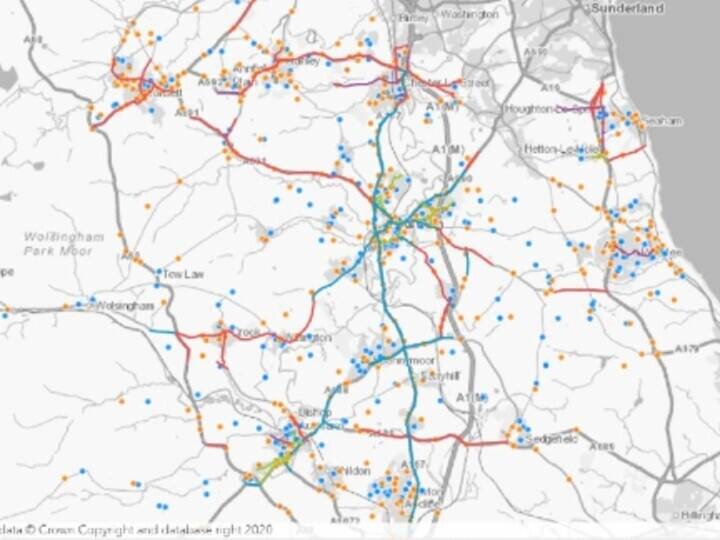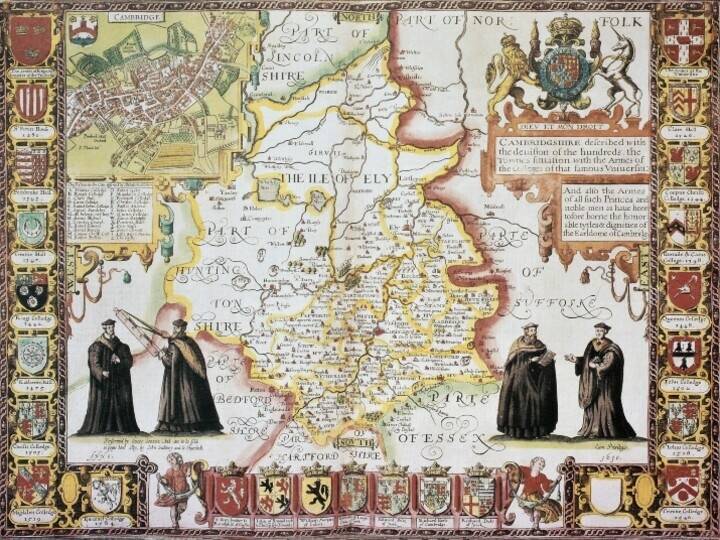NLPG Exemplar Award: Highly Commended – ‘Most Creative Use’ 2006: South Somerset District Council.
Building an LLPG is one thing but wielding its power is quite another. In 2004 the GIS team at South Somerset Borough Council were tasked with providing advice on the roll out of wheelie bins to approximately 70,000 domestic properties. They soon realised that the LLPG was key to the solution.
The GIS team came up with a methodology for overcoming the three major challenges: identifying all the domestic properties, identifying those where normal wheelie bins would be unsuitable and consolidating the information in a central database.
Because the council tax system uses the UPRN, it was possible to select all single occupancy households, which would require smaller bin types. Field surveys were instigated using PDAs loaded with maps and the LLPG’s BLPU layer to identify non-standard properties. Some would require larger, shared bins or would need to continue with black sacks either because there were no suitable areas to store the bins or because of restricted access for refuse collection vehicles.
Spatial queries were then carried out on the maps to sort out the collection days and vehicle types required, so that the information could then be imported into the Waste Collection database. After this the LLPG provided the mail merge information for the initial wheelie bin mail out to citizens.
A special customer response form was incorporated within the council’s CRM so that members of the public calling about their bins could get information directly from the call centre staff without recourse to the ‘back office’.
Outcomes.
The LLPG was central to providing the information to identify all domestic properties, all single occupancy properties and inform field surveys for gathering other essential information needed prior to the roll out and eventual delivery of the wheelie bins across the district. As part of its e-government commitment, the council was able to add waste collection days to its ‘Your Neighbourhood’ pages on their website with ease. There is now an accurate Waste Collection dataset linked using the UPRN and fully interfaced with the council’s ‘Customer First’ CRM.
‘Less duplication of services and customer contact, especially through increased standardisation in data capture and use of better coordinated business delivery.’- Government Connect and Local Directgov.
Key benefits.
- UPRNs are used to identify properties in conjunction with cross linked datasets.
- BLPUs are used to inform field surveys.
- The new waste collection dataset is empowered by the UPRN, enabling easy access of waste collection information via the Customer First call centre or the council’s website.



